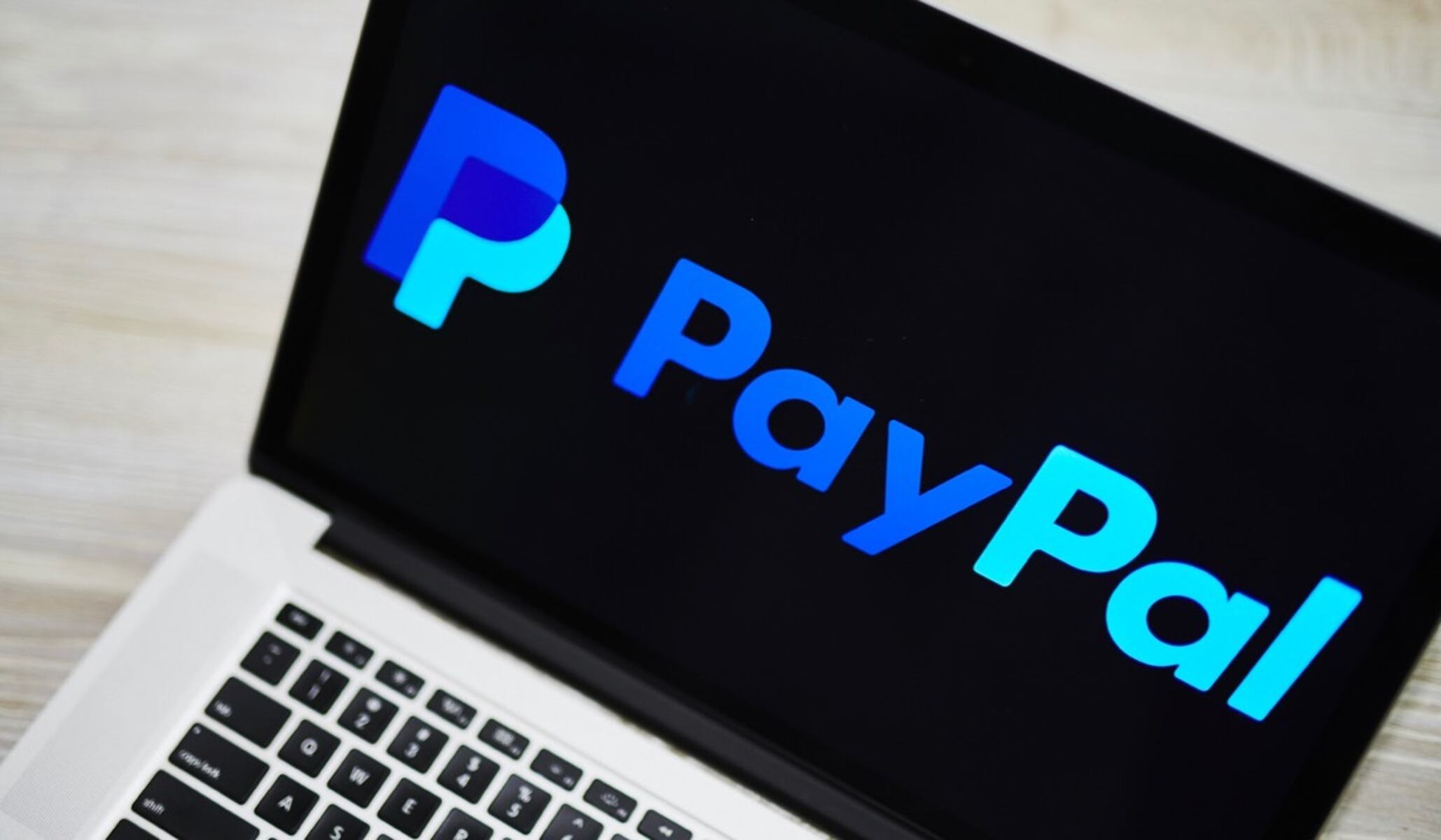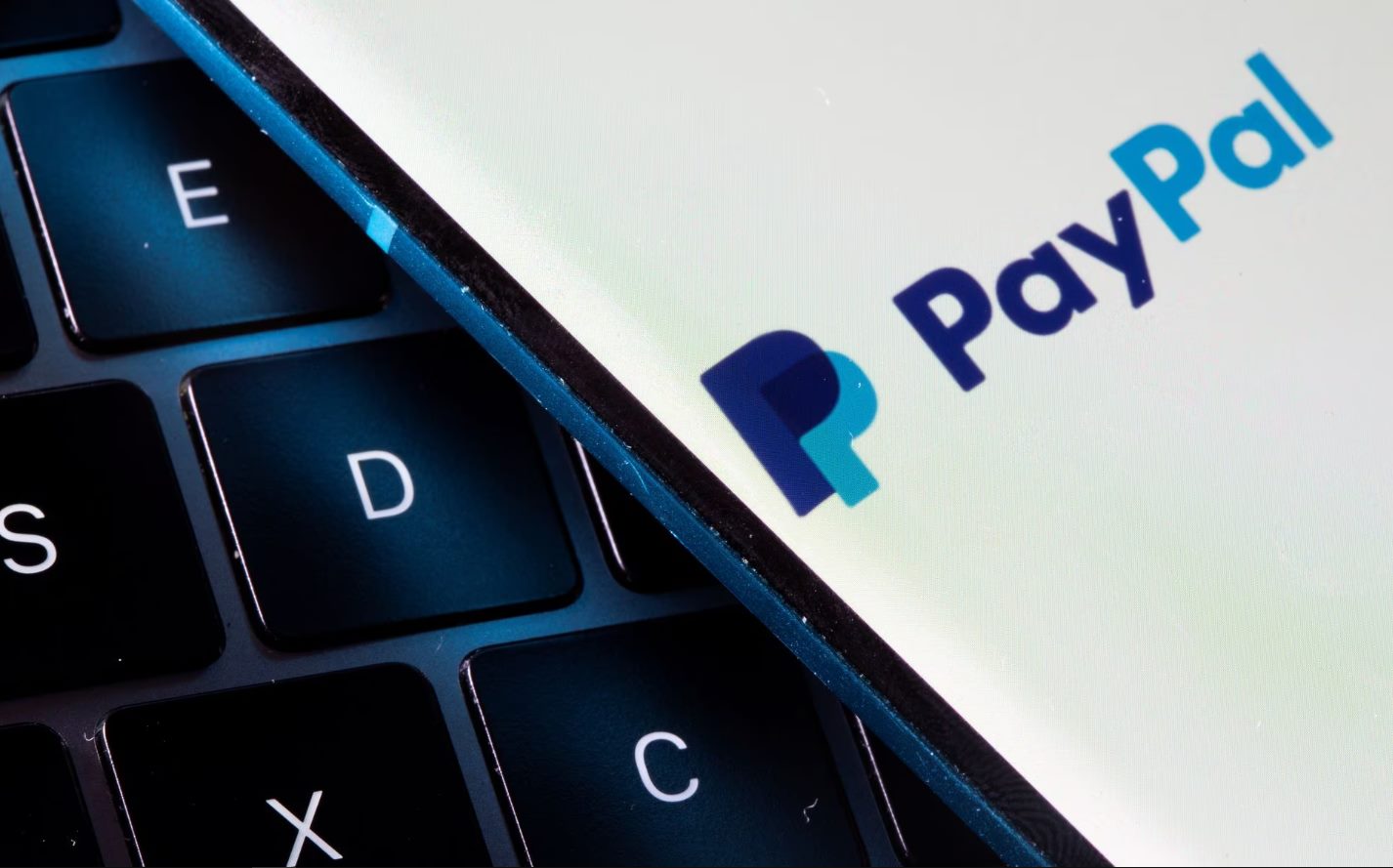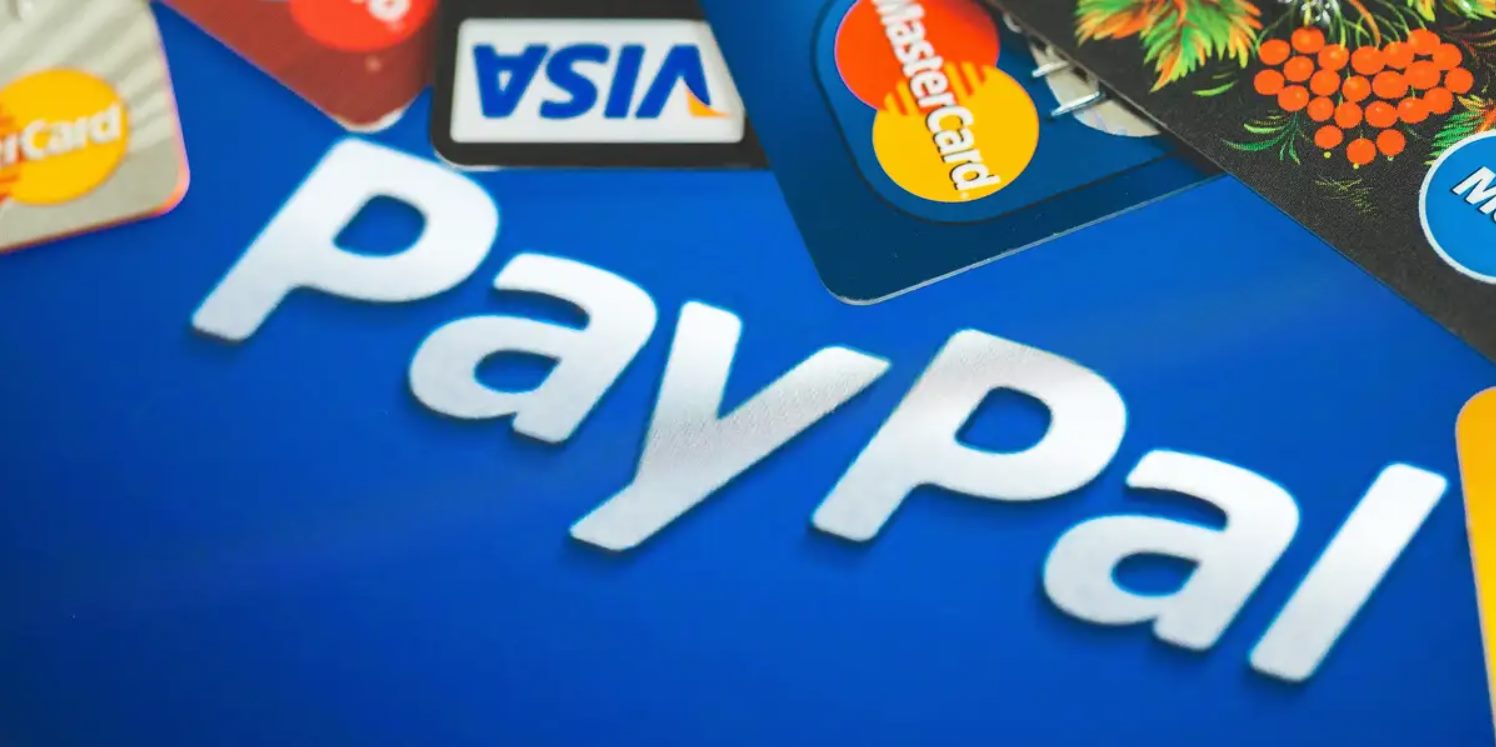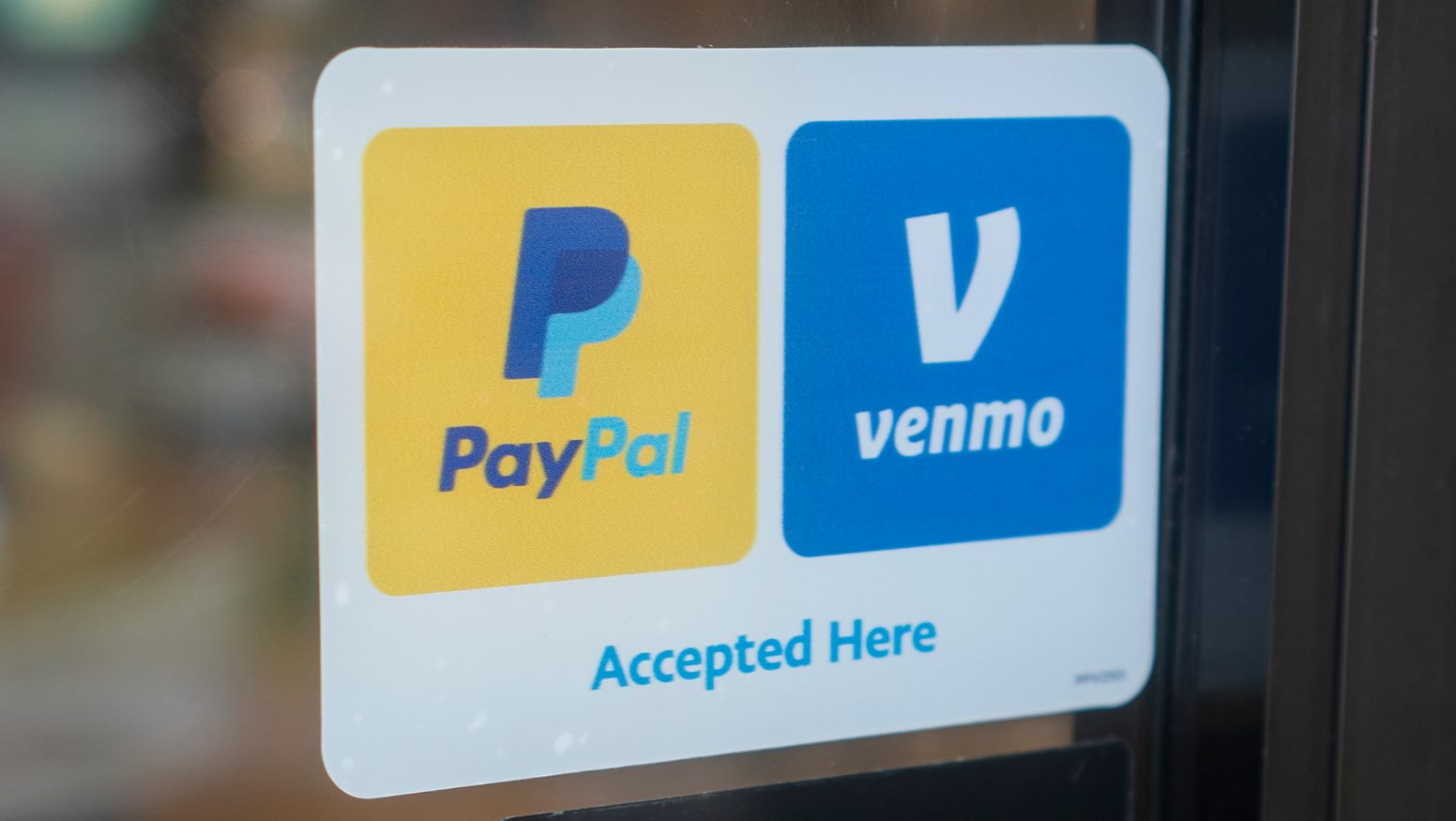Introduction
Welcome to the world of international money transfers! In today’s global economy, sending money across borders has become more convenient than ever before. One popular method for making international transfers is through PayPal, a widely-used online payment service.
PayPal provides a secure and efficient way to transfer money internationally, allowing users to send and receive funds in different currencies with ease. Whether you need to send money to family or friends abroad, make international business transactions, or simply need to shop online from another country, PayPal offers a convenient solution.
However, one question that often arises when using PayPal for international money transfers is, “What are the fees involved?” Understanding the fees associated with international PayPal transfers is crucial for making informed decisions and ensuring you get the best value for your money.
In this article, we will explore the intricacies of international PayPal money transfers, delve into the details of the fees involved, and provide you with essential tips to minimize these fees. By the end of this article, you will have a clear understanding of how PayPal works for international transfers and the factors to consider when calculating the total cost of the transfer.
So, if you’re ready to dive into the world of international PayPal transfers and discover how to make the most of your money, let’s get started!
How does PayPal work for international money transfers?
PayPal revolutionized the way people conduct financial transactions online, and international money transfers are no exception. Here’s a breakdown of how PayPal works for transferring money across borders:
1. Account Creation: The first step is to create a PayPal account. You will need to provide your basic information, such as your name, email address, and a linked bank account or credit card. Once your account is set up, you can start sending and receiving money.
2. Currency Selection: PayPal supports multiple currencies, allowing you to send and receive money in different currencies. When initiating an international transfer, you can choose the appropriate currency for the recipient’s country.
3. Sending Money: To send money internationally, you need to enter the recipient’s email address or mobile number associated with their PayPal account. Specify the amount you want to send, select the currency, and confirm the transfer.
4. Exchange Rate: PayPal uses its exchange rate to convert your currency into the recipient’s currency. It’s important to note that PayPal’s exchange rate may differ slightly from the current market rate. Understanding the exchange rate is crucial to determine the overall cost of your international transfer.
5. Recipient Notification: Once the transfer is complete, PayPal notifies the recipient via email or text message. The recipient can then withdraw the funds to their linked bank account or keep them in their PayPal account for future use.
6. Security Measures: PayPal employs various security measures to safeguard your money and personal information during international transfers. These include encryption, fraud protection, and dispute resolution services, providing peace of mind when sending money across borders.
Now that you have a clear understanding of how PayPal works for international money transfers, let’s explore the fees associated with these transfers in the next section.
What are the fees for international PayPal money transfers?
When it comes to international money transfers through PayPal, it’s important to consider the fees involved. While PayPal offers convenient and secure transfers, there are costs associated with these transactions. Here are the key fees to be aware of:
1. Transfer Fees: PayPal charges a fee based on the amount you are sending and the destination country. The fee can vary but generally ranges from 0.5% to 2% of the total transfer amount. It’s important to note that this fee is subject to change, so always check PayPal’s website or the app for the most up-to-date fee structure.
2. Currency Conversion Fees: If you are sending money in a currency different from your PayPal account’s currency, PayPal applies a currency conversion fee. This fee is typically around 2.5% to 4% above the base exchange rate. The exact fee percentage is displayed before you confirm the transfer.
3. Fixed Fees: In addition to the transfer and currency conversion fees, PayPal may also charge fixed fees for certain types of international transfers. These fees can be for services like receiving payments for goods and services or withdrawing funds to a bank account in a foreign country. The fixed fees can vary depending on the specific service and country involved.
4. Additional Bank Fees: It’s important to remember that when sending money internationally, additional fees may be charged by the recipient’s bank or financial institution. These fees are outside of PayPal’s control and vary from bank to bank. It’s advisable to inform the recipient in advance about the potential for any additional charges.
Understanding the fees for international PayPal money transfers is crucial for effective budgeting and evaluating the cost-effectiveness of using PayPal for your specific transfer needs. However, it’s important to note that the fees mentioned above are subject to change, so always consult PayPal’s official website or the app for the most accurate and updated fee information.
In the next section, we will dive deeper into exchange rates and how they impact the total cost of international PayPal transfers.
Understanding the exchange rate for international PayPal transfers
When conducting international money transfers through PayPal, it’s important to have a clear understanding of the exchange rate and how it affects the total cost of your transfer. Here’s what you need to know:
1. PayPal’s Exchange Rate: PayPal uses its exchange rate to convert your currency into the recipient’s currency during an international transfer. This rate is typically slightly higher than the current market rate and includes a small markup. PayPal’s exchange rate may fluctuate throughout the day based on currency market movements.
2. Base Exchange Rate: The base exchange rate is the current rate at which currencies are traded in the global market. This rate is constantly changing due to various economic factors. It’s important to compare PayPal’s exchange rate with the current market rate to gauge the markup or difference applied.
3. Exchange Rate Margin: PayPal adds a margin to the base exchange rate to cover its operational costs and generate revenue. This margin is the difference between the base exchange rate and the rate provided by PayPal for the transfer. It’s important to consider the margin when calculating the overall cost of your international transfer.
4. Exchange Rate Transparency: PayPal provides transparency by displaying the exchange rate applied and the resulting converted amount before you confirm the transfer. This allows you to review the rate and understand the cost implications before proceeding with the transaction.
5. Currency Conversion Fee: In addition to the exchange rate markup, PayPal also charges a currency conversion fee for international transfers involving different currencies. This fee is typically a percentage of the total transaction amount and should be taken into account when calculating the total cost.
Understanding the exchange rate dynamics and how PayPal applies its rates is essential to accurately assess the total cost of your international transfer. By comparing PayPal’s exchange rate with the current market rate and factoring in the currency conversion fee, you can make informed decisions when it comes to sending money internationally.
In the next section, we will discuss how to calculate the total cost of an international PayPal money transfer, taking into account the fees and exchange rate considerations.
How to calculate the total cost of an international PayPal money transfer?
When planning an international money transfer through PayPal, it’s important to have a clear understanding of how to calculate the total cost. Here are the steps to calculate the expenses associated with an international PayPal money transfer:
1. Transfer Fee: Start by determining the transfer fee charged by PayPal. This fee is typically a percentage of the total transfer amount. For example, if the transfer fee is 1% and you are sending $500, the transfer fee would be $5.
2. Currency Conversion Fee: If you are sending money in a different currency than your PayPal account’s currency, calculate the currency conversion fee. This fee is typically a percentage of the amount being converted. For instance, if the currency conversion fee is 2% and you are converting $500, the currency conversion fee would be $10.
3. Additional Fees: Consider any additional fees imposed by PayPal for specific services or for withdrawing funds to a bank account in the recipient’s country. These fees can vary depending on the service and country involved.
4. Exchange Rate Markup: Compare PayPal’s exchange rate with the current market rate to determine the markup. If the market rate is 1 USD = 0.85 EUR, and PayPal’s exchange rate is 1 USD = 0.82 EUR, the markup would be 0.03 EUR per dollar transferred.
5. Calculate the Total Cost: Add up the transfer fee, currency conversion fee, any additional fees, and the exchange rate markup to calculate the total cost of your international transfer. For example, if the transfer fee is $5, the currency conversion fee is $10, and the exchange rate markup is 0.03 EUR per dollar transferred, the total cost would be $15 + 0.03 EUR per dollar.
By calculating the total cost, you can make an informed decision about the affordability and suitability of using PayPal for your international money transfer needs. Keep in mind that the fees and exchange rates provided in this section are for illustrative purposes, and the actual values may vary based on PayPal’s current fee structure and exchange rate.
Next, we will explore the various factors that can affect international PayPal transfer fees, allowing you to better understand the potential variables that can impact the cost of your transfer.
What are the factors that can affect international PayPal transfer fees?
Several factors can influence the fees associated with international PayPal money transfers. Understanding these factors will help you make informed decisions and anticipate the potential costs involved. Here are the main factors to consider:
1. Transfer Amount: The amount you are planning to send internationally can impact the transfer fee. PayPal often charges a percentage-based fee, meaning that higher transfer amounts may incur higher fees. It’s essential to check PayPal’s fee structure to understand how the transfer amount affects the fees.
2. Destination Country: PayPal’s fees for international transfers can vary depending on the destination country. Different countries may have different fee structures due to various factors such as local regulations, currency availability, and transaction volumes. It’s important to review the specific fees applicable to the destination country before initiating the transfer.
3. Payment Method: The payment method you choose to fund your international PayPal transfer can influence the fees. Using a linked bank account or a balance in your PayPal account may have lower fees compared to using a credit or debit card. PayPal provides transparent information regarding the fee structure associated with each payment method.
4. Services Offered: PayPal offers various services for international money transfers, such as sending money for goods and services, personal payments, or withdrawing funds to a bank account. Some of these services may have specific fees associated with them. It’s important to choose the appropriate service for your needs and be aware of the fees involved.
5. Exchange Rates: As mentioned earlier, PayPal applies its exchange rate when converting currency for international transfers. Fluctuations in exchange rates can impact the overall cost of your transfer. It’s advisable to monitor exchange rates and consider the markup applied by PayPal to evaluate the true cost.
It’s worth noting that PayPal’s fee structure and policies can change over time. Therefore, it’s essential to review the most up-to-date information on PayPal’s website or app to ensure accurate knowledge of the factors affecting international transfer fees.
In the next section, we will discuss any additional fees that should be considered when making international transfers through PayPal.
Are there any additional fees to consider with international PayPal transfers?
When making international transfers through PayPal, it’s important to be aware of any additional fees that may be associated with the transaction. While PayPal’s transfer and currency conversion fees are the primary charges, there are a few other factors to consider:
1. Receiving Fees: In some cases, the recipient of an international PayPal transfer may incur receiving fees imposed by their local bank or financial institution. These fees are separate from PayPal’s charges and can vary depending on the recipient’s country and their bank’s policies. It’s advisable to inform the recipient about the potential for any additional receiving fees.
2. Withdrawal Fees: If the recipient chooses to withdraw funds from their PayPal account to a bank account in their local currency, there may be withdrawal fees imposed by their bank. These fees are beyond PayPal’s control and can vary depending on the recipient’s bank and country. It’s recommended to check with the recipient’s bank regarding any potential withdrawal fees.
3. Inactivity Fees: PayPal may charge inactivity fees if your account remains dormant or inactive for an extended period. These fees typically apply when there has been no activity or transactions for a specified duration. It’s important to review PayPal’s terms and conditions to understand any applicable inactivity fees and how to avoid them.
4. Disputed Payments: If there are issues or disputes with an international PayPal transfer, there may be additional fees associated with resolving the dispute. These fees can arise if a payment needs to be reversed, canceled, or investigated. It’s advisable to follow PayPal’s guidelines for dispute resolution and understand any potential fees in such situations.
It’s essential to keep in mind that the additional fees mentioned above may vary depending on various factors, including the recipient’s country, their bank policies, and PayPal’s terms and conditions. It’s recommended to stay updated with PayPal’s official website or app to ensure accurate information regarding any additional fees.
Now that we have covered the various fees associated with international PayPal transfers, let’s move on to the next section, which provides tips on minimizing these fees.
Tips to minimize fees for international PayPal money transfers
While international PayPal money transfers come with associated fees, there are several strategies you can use to minimize these costs and make your transactions more cost-effective. Consider the following tips:
1. Compare Fees: Before initiating an international transfer, compare the fees charged by PayPal with other money transfer providers. Research different options to find the most competitive rates and fees that align with your specific needs. Remember to consider the exchange rate as well, as a lower fee may be outweighed by a less favorable exchange rate.
2. Choose the Right Payment Method: Different payment methods can have varying fees. Consider using a linked bank account or a PayPal balance instead of a credit or debit card, as these options often have lower fees. Check PayPal’s fee structure to understand the costs associated with each payment method and choose accordingly.
3. Opt for “Friends and Family” Payments: If you are sending funds to a trusted individual, consider using the “Friends and Family” option within PayPal. This option is usually free of charge, though it may not offer the same level of buyer protection as other payment types.
4. Utilize Mass Payment: If you frequently make international transfers to multiple recipients, consider using PayPal’s Mass Payment feature. This allows you to send money to multiple recipients in a single transaction, potentially saving on individual transfer fees.
5. Minimize Currency Conversion: Whenever possible, try to send funds in the recipient’s currency to avoid currency conversion fees. If you have the option to hold funds in multiple currencies within your PayPal account, consider converting your money ahead of time to minimize conversion fees during transfers.
6. Plan for Larger Transfers: PayPal’s transfer fees are often calculated as a percentage of the transfer amount. As a result, making larger transfers can potentially lower the overall fee percentage and save you money. Consider combining multiple smaller transfers into a single, larger transfer to reduce the fee percentage.
7. Stay Active: To avoid inactivity fees, ensure regular activity in your PayPal account. This can be as simple as logging in and making a small transaction periodically. Review PayPal’s terms and conditions regarding inactivity fees and take necessary steps to prevent them.
By following these tips, you can minimize fees and save money on your international PayPal money transfers. Remember to always review PayPal’s fee structure and terms of service for the most up-to-date information on fees and charges.
Now that you have a better understanding of how to reduce fees, let’s wrap up this article with a brief summary and final thoughts.
Conclusion
International PayPal money transfers offer a convenient and secure way to send and receive funds across borders. However, understanding the fees and factors that can affect these transfers is crucial for making informed decisions and optimizing your transfer experience.
In this article, we explored the various components of international PayPal transfers, including how PayPal works for international money transfers and the fees involved. We also delved into the importance of understanding exchange rates and calculating the total cost of transfers. Additionally, we discussed the factors that can influence transfer fees and highlighted any additional fees to consider.
Furthermore, we provided practical tips to minimize fees, such as comparing fees, choosing the right payment method, utilizing mass payment, minimizing currency conversions, planning for larger transfers, and staying active to avoid inactivity fees.
Remember, it’s crucial to regularly check PayPal’s website or app for the most up-to-date information on fees and exchange rates, as these can change over time.
By implementing the strategies outlined in this article, you can make international PayPal money transfers more cost-effective and efficient, ensuring that you get the most value for your money.
Now that you have a comprehensive understanding of the fees, factors, and tips associated with international PayPal transfers, go ahead and confidently navigate the world of cross-border transactions with PayPal.

























